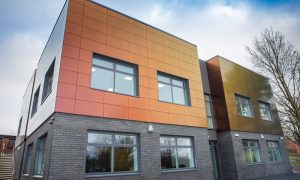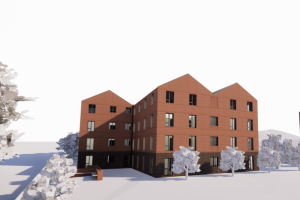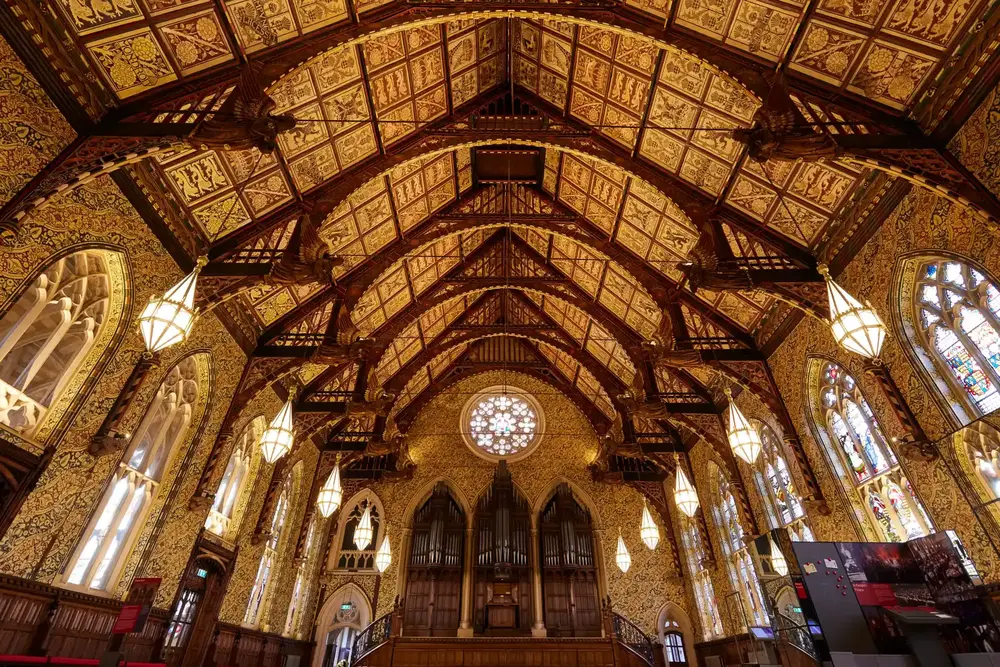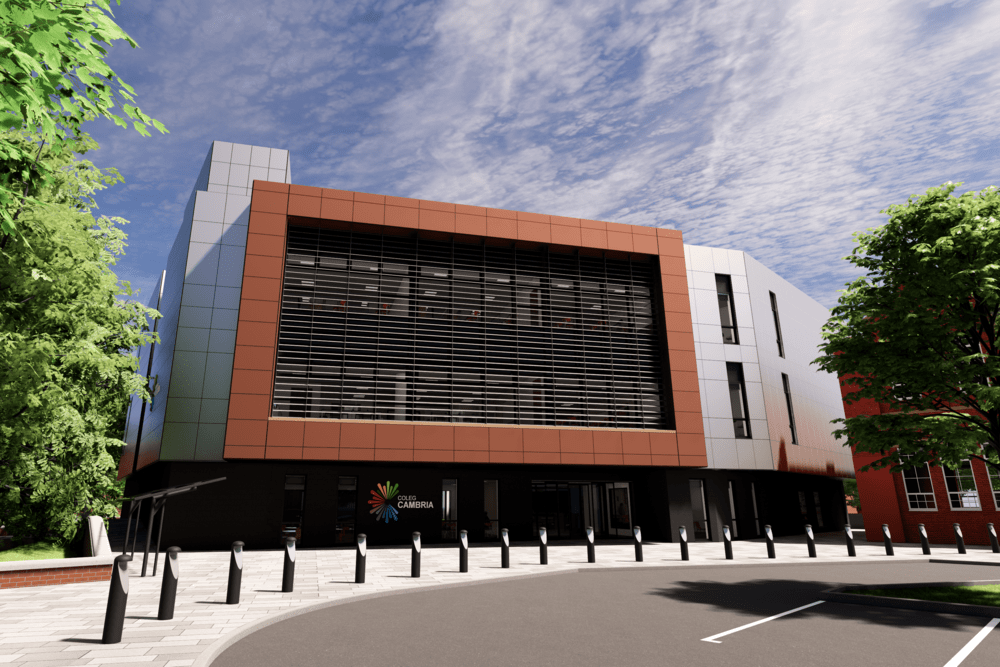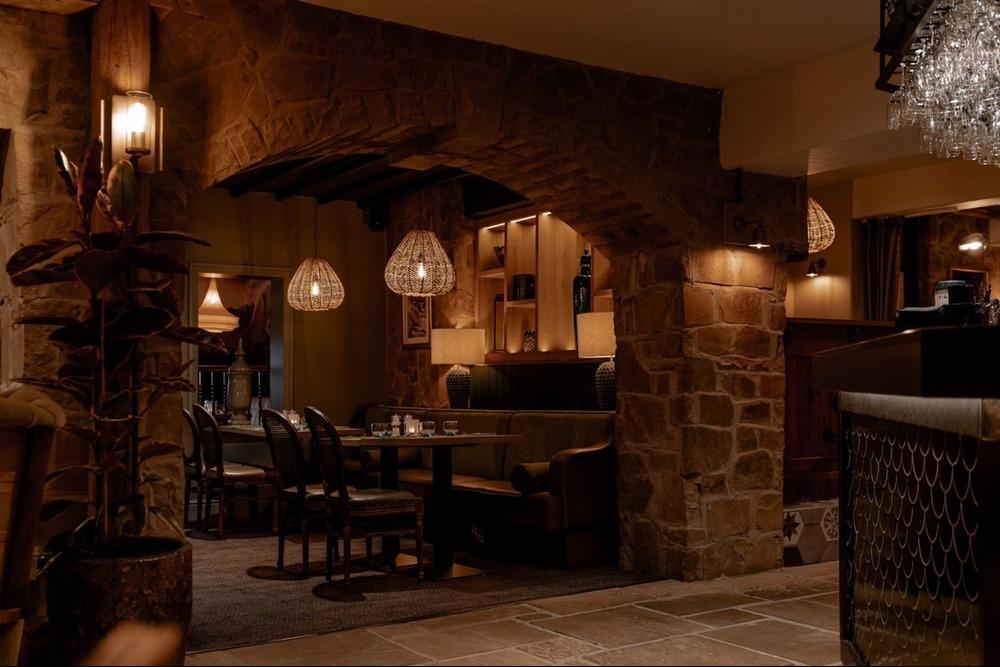JPS have worked on a number of Passivhaus approved, energy efficient developments recently so we thought we’d share a quick guide to the principles behind a Passivhaus designed building and the benefits for the building users.
What is Passivhaus?
Passivhaus (Passive house in English) was developed by the Passivhaus institute in Germany in the 1990s. Passivhaus is a set of voluntary, energy efficient building principles, which can be applied to new buildings and existing properties.
The aim is to design buildings to rigorous low energy design standards, that are airtight, well insulated and energy efficient. These ultra low energy buildings require very little energy for heating or cooling and therefore use around 75% less energy than standard practice UK newbuilds.
Passivhaus buildings are so well constructed, insulated and ventilated that they retain heat from the sun and the activities of their occupants. The buildings maintain an almost constant temperature and therefore require very little additional heating or cooling. Many UK social housing developments have started using the Passivhaus method and the benefits are that energy costs are so low for tenants living in Passivhaus properties that they’re far less likely to default or get into arrears with their rent.
How are Passivhaus properties built?
The construction methods for a Passivhaus building will differ from project to project but the principle is to design and construct a building that is effectively sealed from the elements. They will have the following features in common:
- Far greater insulation than typical UK properties.
- Triple glazing, with insulated frames.
- Impressive airtightness levels (around 20x more than a standard build).
- Mechanical ventilation, with a heat recovery system attached.
Do you need to heat a Passivhaus?
The aim of a Passivhaus building is that the building maintains a constant, pleasant temperature all year round. However there will be some heating mechanism attached to properties, and these would typically kick in once the temperature drops below freezing. There will also be a mechanism to heat water, which might be solar heating or an air source heat pump.
JPS Passivhaus projects
For further reading here’s a link to the Passivhaus Trust, a UK Passivhaus organisation.
